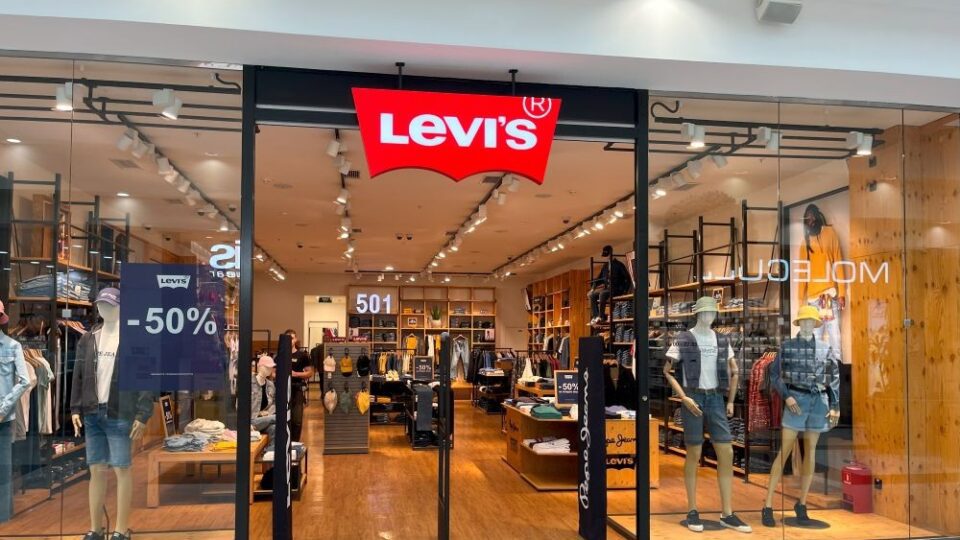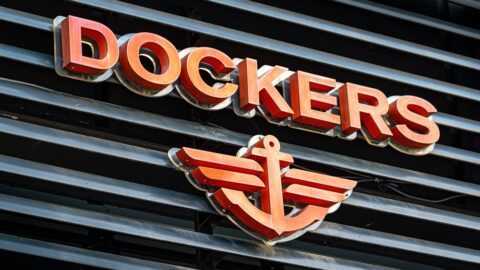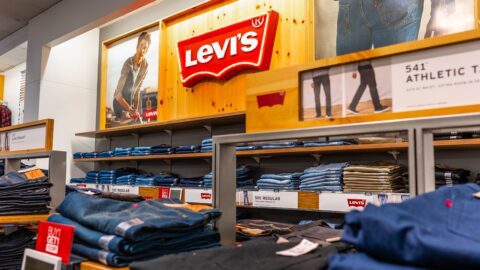Coming off a quarter when it generated net revenues of $1.5 billion — a 7% increase over the same period the previous year — Levi Strauss & Co. President and CEO Michelle Gass revealed that the denim and lifestyle retailer had the potential to double its U.S. store count. However, she didn’t provide any timeline for what would represent a dramatic increase from Levi’s current footprint of 458 U.S. locations.
During Q3 2025, which ended Aug. 31, 2025, Levi’s increased its DTC net revenues 11% on a reported basis compared to Q3 2024, while ecommerce grew 18%. Nevertheless, DTC comprised 46% of total net revenues for Q3.
“Our DTC-first strategy is bringing us closer to the consumer and generating consistent and significant growth, while we have also stabilized and grown our wholesale business,” said Gass during a call discussing the Q3 results. “Both channels are seeing strong improvements in profitability.
“Our denim leadership puts us in a prime position to define and own head-to-toe denim lifestyles, further expanding our addressable market,” Gass added. “As we drive this momentum forward, we’ll continue to deliver an innovative and robust product pipeline across genders and categories.”
Levi’s Sees Growth Opportunities in Asia
The U.S. isn’t the only geography where Levi’s sees the potential for increased business. During Q3, net revenues for Asia climbed 12% compared to the same period the previous year. “While international already comprises nearly 60% of our total business, there are still untapped opportunities for us to grow, particularly in Asia, where our business has momentum and the opportunity for continued expansion is considerable,” said Gass.
The retailer’s Beyond Yoga banner also is on a growth path. “Looking to Q4, we have additional stores opening in Boston, Houston and two more stores in Northern California, bringing our total store count to 14,” said Gass.
“Underpinning all of this is our culture of performance with a sharpened focus on operating with rigor and executing with excellence, from go-to-market efficiencies and more productive store operations to end-to-end supply chain improvements,” Gass added.













